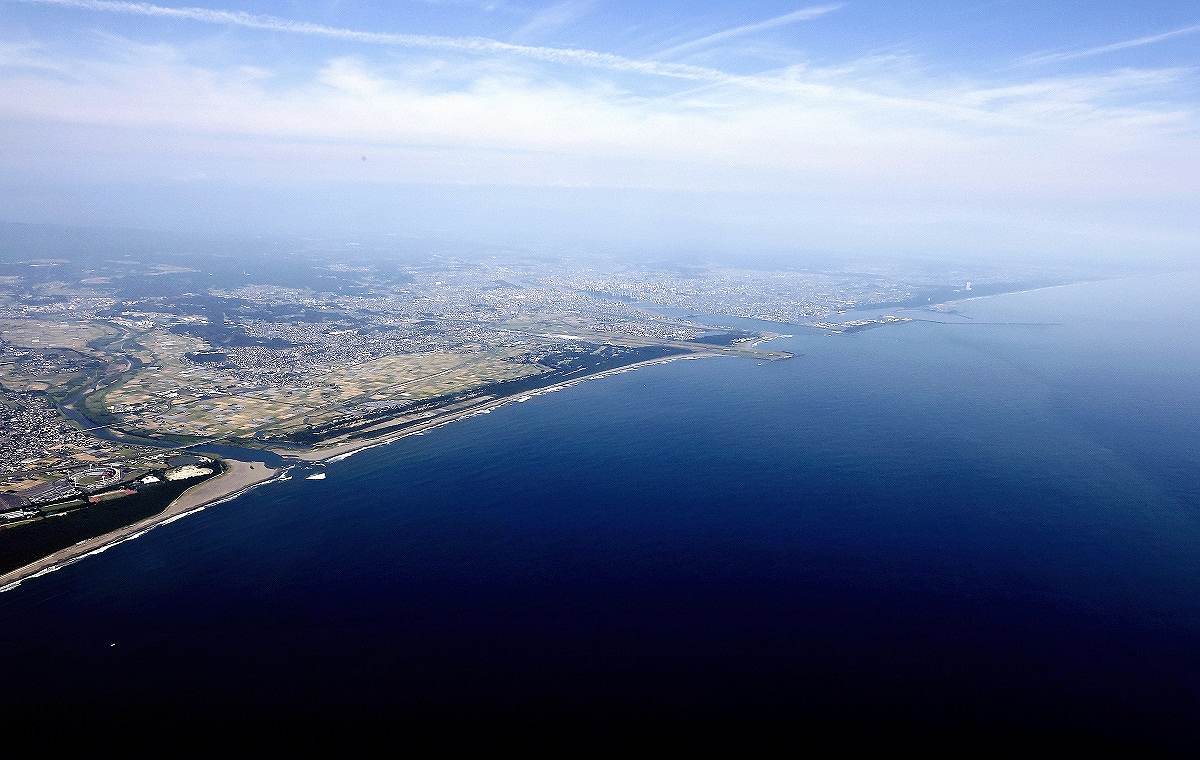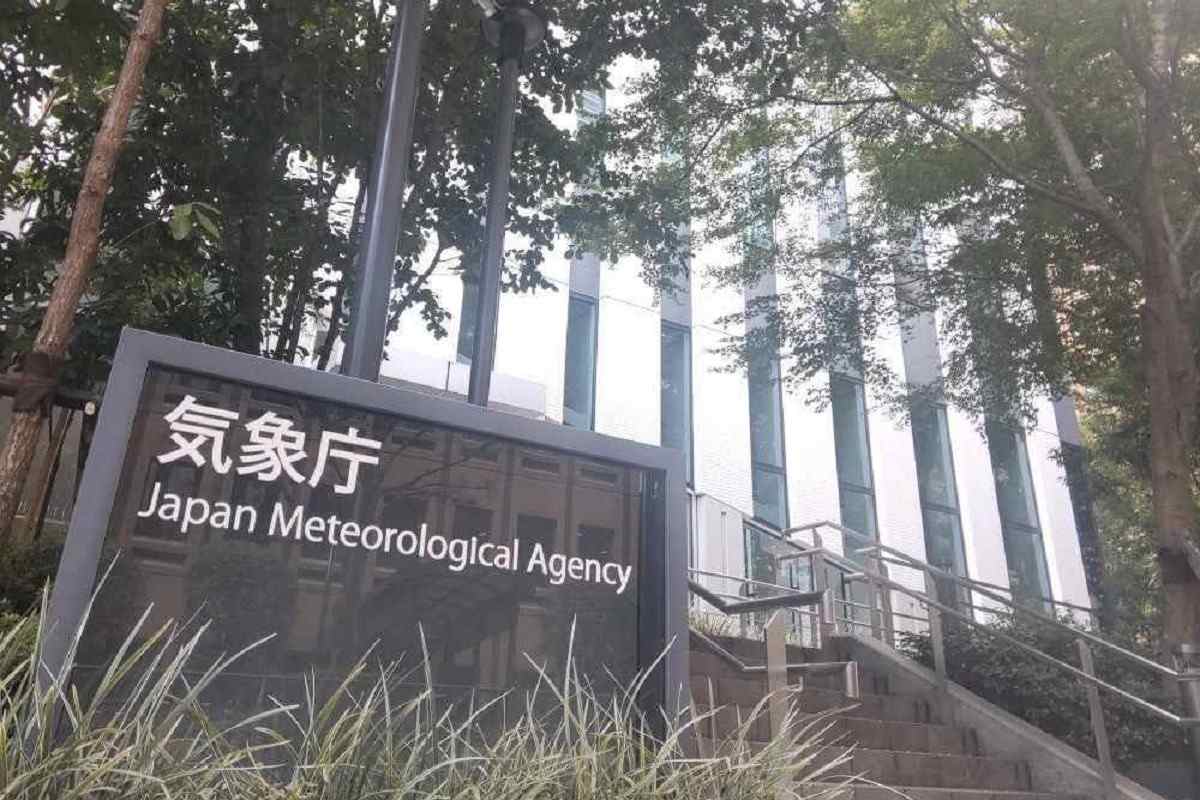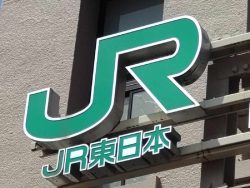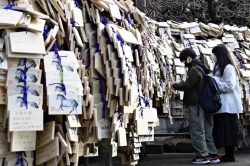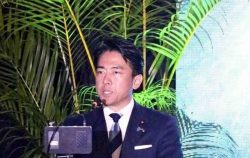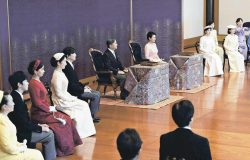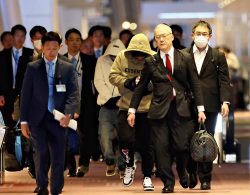Earthquake Information Scarce for Foreign Tourists; Govt Should Provide Information to Tourists, Expert Says
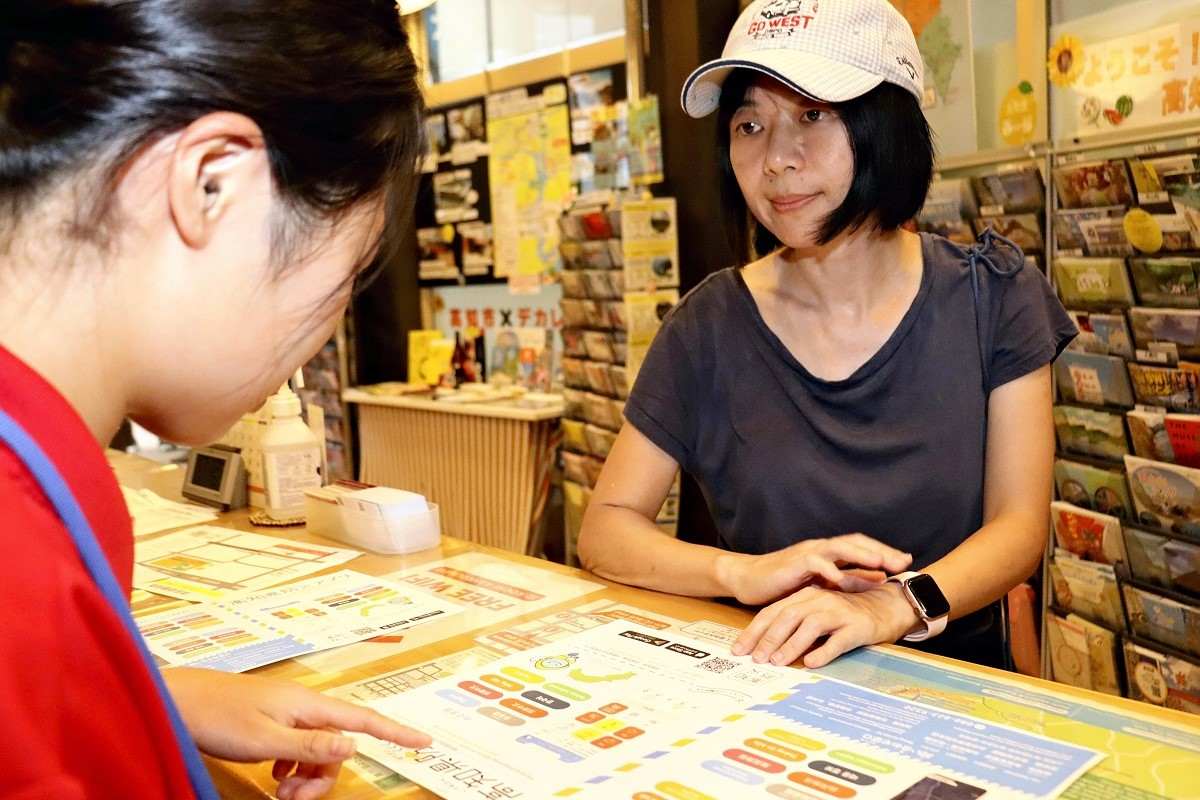
A foreign tourist, right, gets briefed on a disaster prevention app at the tourist information center in Kochi on Saturday.
16:37 JST, August 11, 2024
Foreigners visiting Japan are facing uncertainty and confusion following last week’s advisory of a potential megaquake in the Nankai Trough. Many tourists are apparently in the dark about what is going on, prompting experts to point out that the government needs to provide them with detailed information.
Adriana Duran, a 33-year-old Australian tourist sightseeing in Asakusa, Tokyo, said that the lack of accessible information made her unsure about what to do.
Following the strong earthquake that occurred off the coast of Miyazaki Prefecture on Thursday, Duran downloaded a government-sponsored app that provides disaster information to foreigners but was unable to find any information about the megaquake advisory.
Duran is on her second trip to Japan and wanted to visit the countryside, but now her itinerary only includes cities, which are more used to dealing with foreigners.
“I do believe more needs to be done for foreigners,” she said.
An English teacher visiting Japan from Spain relied on a friend sending them information via social media following Thursday’s quake.
The Spaniard was in Shinjuku Ward, Tokyo, Friday night when another powerful earthquake shook Kanagawa Prefecture. The Spanish tourist said that the strong tremor and the sound of the Earthquake Early Warning made them feel like they were going to die. The tourist tried asking people around them about what was going on, but no one told them.
Over 3 mil. tourists a month
According to the Japan National Tourism Organization, 3.13 million foreign tourists visited Japan in June alone — the largest figure ever for a single month. Nevertheless, the “Safety Tips” app, which the Japan Tourism Agency recommends to foreign tourists as a useful tool during natural disasters, provides no information about the Megathrust Earthquake Attention.
On the other hand, although the Miyazaki municipal government set up a multilingual disaster hotline to provide around-the-clock information and support in 21 languages, no calls had been received as of 5 p.m. Friday.
Nationwide efforts are underway to deliver information directly to foreigners at sightseeing spots. The Yosakoi Festival in Kochi had major events on Saturday, and the city’s tourist information center quickly put together a map showing nearby shelters and the routes to them, as well as other information.
The center also lets tourists know about the Kochi prefectural government’s disaster prevention app, which provides information in eight languages.
A Thai tourist traveling alone said they did not know how to look for earthquake-related information but felt relieved after getting briefed on how to use the app.
The tourist information center in Atami, Shizuoka Prefecture, is equipped with multilingual translation equipment and provides explanations to foreign tourists using an English-language tsunami hazard map.
A French student who was visiting the city for sightseeing said that strong earthquakes scare them because earthquakes of any kind are rare in their country. The 24-year-old, who is currently studying in Japan, added that they wanted to make sure of where to evacuate in case it becomes necessary.
Kiyokazu Maebayashi, professor of social disaster management at Kobe Gakuin University, said many foreign tourists do not know which municipality they are traveling through.
“The central government needs to collect information from regional cities and provide it to foreigners,” he said. “Sharing that information on tourism apps that are popular with foreign tourists is also important.”
Related Tags
"Society" POPULAR ARTICLE
-

Tokyo Zoo Wolf Believed to Have Used Vegetation Growing on Wall to Climb, Escape; Animal Living Happily after Recapture
-

JAL, ANA Cancel Flights During 3-day Holiday Weekend due to Blizzard
-

Snow Expected in Tokyo, Neighboring Prefectures from Jan. 2 Afternoon to Jan. 3; 5-Centimeter Snow Fall Expected in Hakone, Tama, and Chichibu Areas
-
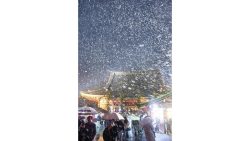
Tokyo, Yokohama Observe First Snowfall of Season; 1 Day Earlier than Average Year
-

M6.2 Earthquake Hits Japan’s Tottori, Shimane Prefectures; No Tsunami Threat (Update 4)
JN ACCESS RANKING
-

As Chinese Tourists Shun Japan, Hotels and Stores Suffer
-

BOJ Gov. Ueda: Highly Likely Mechanism for Rising Wages, Prices Will Be Maintained
-

Core Inflation in Tokyo Slows in December but Stays above BOJ Target
-

Osaka-Kansai Expo’s Economic Impact Estimated at ¥3.6 Trillion, Takes Actual Visitor Numbers into Account
-

Japan Govt Adopts Measures to Curb Mega Solar Power Plant Projects Amid Environmental Concerns

